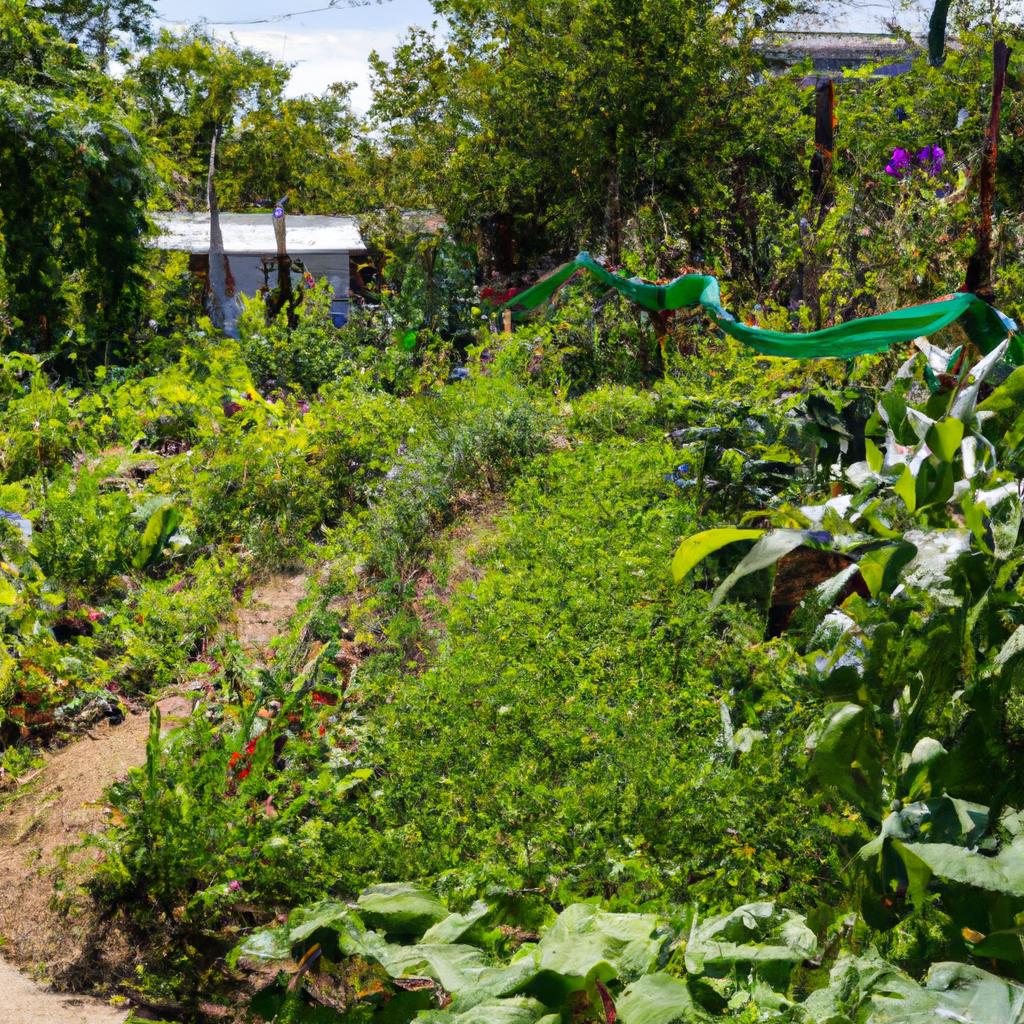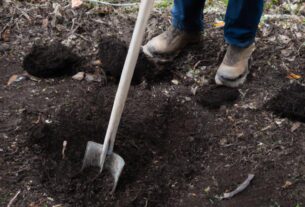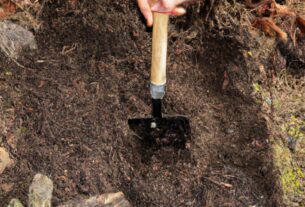If you’re an avid gardener, you already know the satisfaction and relaxation that comes with nurturing your plants. However, traditional gardening practices can have a negative impact on the environment. The good news is that there are sustainable gardening practices that can help you create a greener garden while reducing your carbon footprint. In this article, we’ll explore these practices and how you can implement them in your own garden.
Soil Management
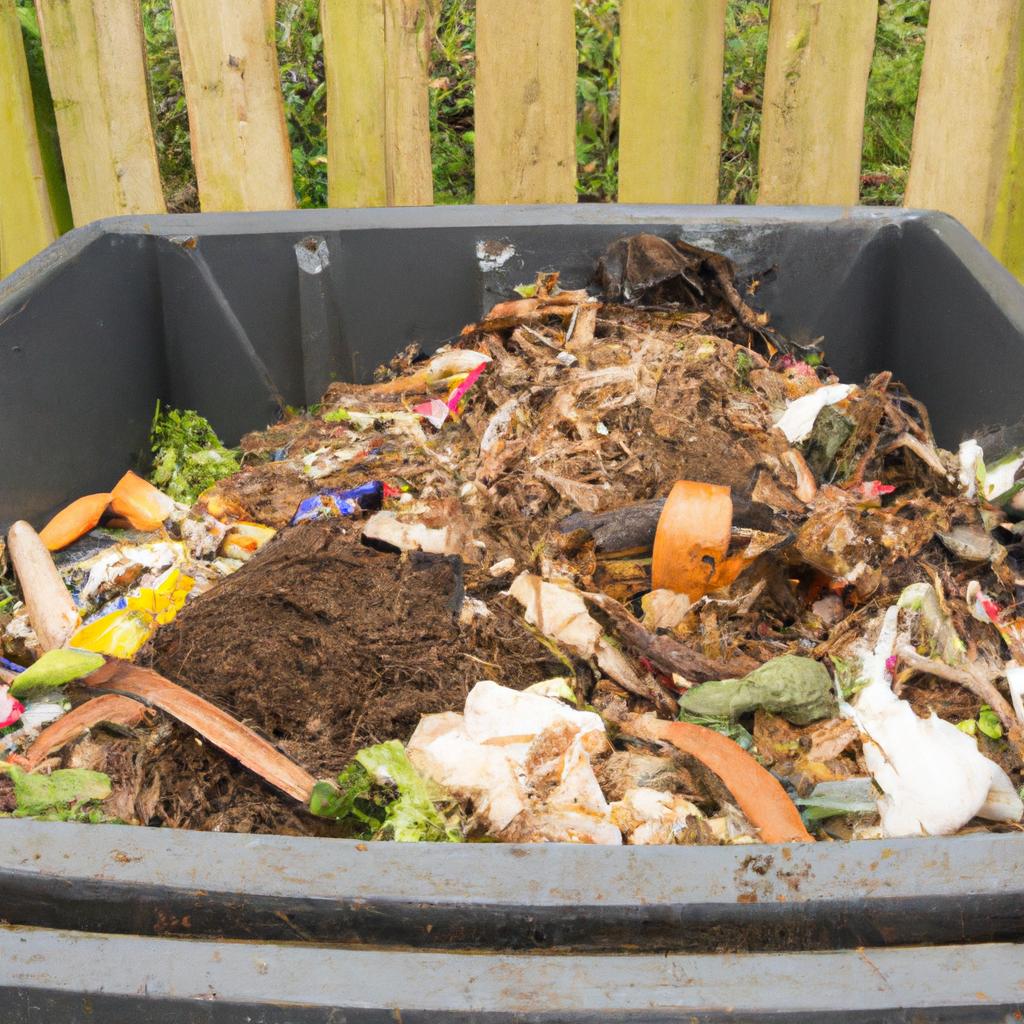
Soil health is crucial for the success of any garden. Sustainable gardening practices focus on improving soil health while minimizing the use of synthetic fertilizers and pesticides. One of the best ways to achieve this is by adding organic matter such as compost or mulch.
Composting is a natural process that converts organic waste into nutrient-rich soil. Not only does composting improve soil health, but it also reduces waste and greenhouse gas emissions. You can create your own compost by using food scraps, yard waste, and other organic materials. Another way to enhance soil health is through mulching. Mulch helps retain moisture, prevent soil erosion, and suppress weed growth. Organic mulch like leaves, grass clippings, or wood chips will break down over time, enriching the soil with valuable nutrients.
In addition to composting and mulching, crop rotation is an effective way to improve soil health. By planting different crops in the same area each year, you can prevent soil-borne diseases and pests, while also improving soil structure and fertility.
Water Management
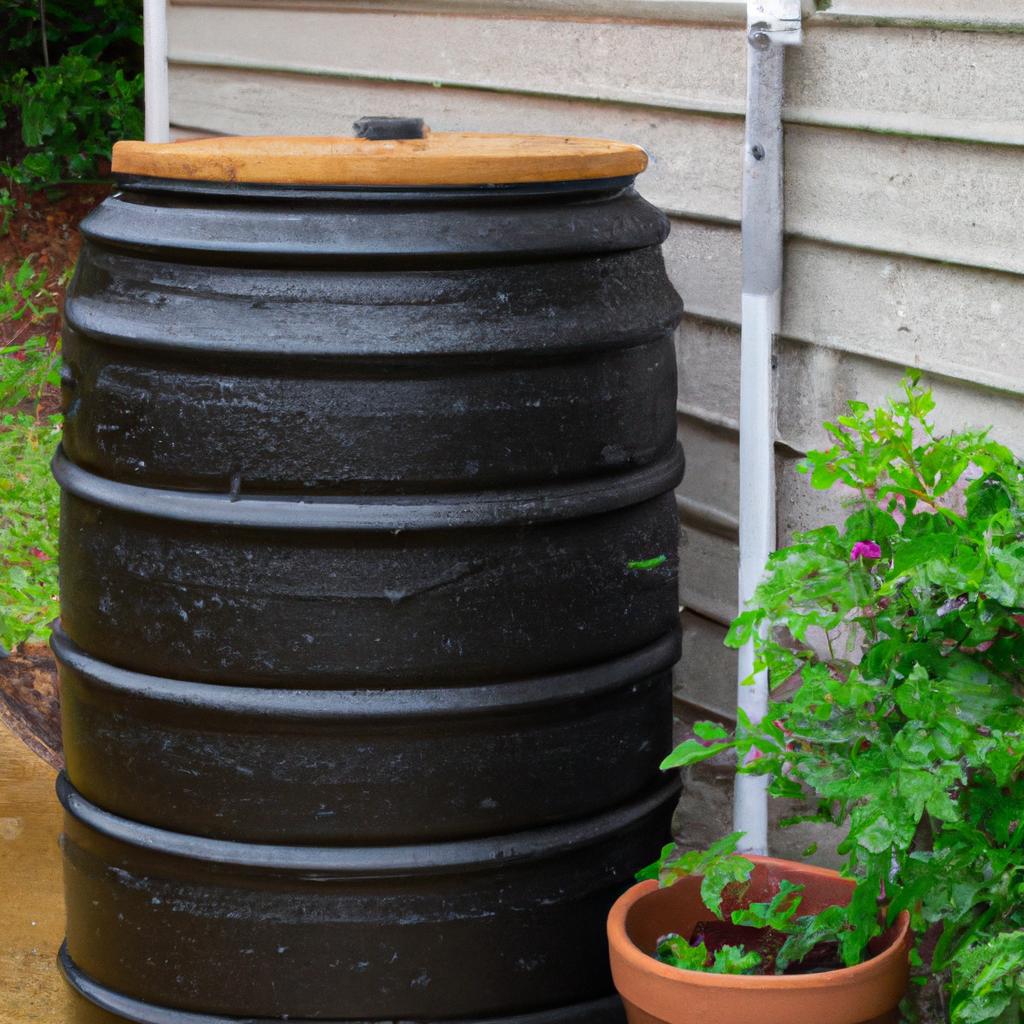
Water is a precious resource, and sustainable gardening practices focus on reducing water usage while keeping your plants healthy. One way to achieve this is by selecting drought-tolerant plants that require less water than others. Native plants are an excellent choice for sustainable gardening as they are adapted to the local climate and naturally require less water.
Another way to conserve water is through rainwater harvesting. This involves collecting rainwater from your roof and storing it in a barrel or container. You can then use this collected water to irrigate your plants, reducing your reliance on municipal water. Rainwater is also better for your plants as it lacks chlorine and other chemicals commonly found in tap water.
Implementing sustainable gardening practices may seem overwhelming, but with a little effort and planning, you can create a greener garden that benefits both you and the environment. In the next section, we’ll discuss the importance of plant selection and maintenance in sustainable gardening practices.
Plant Selection and Maintenance
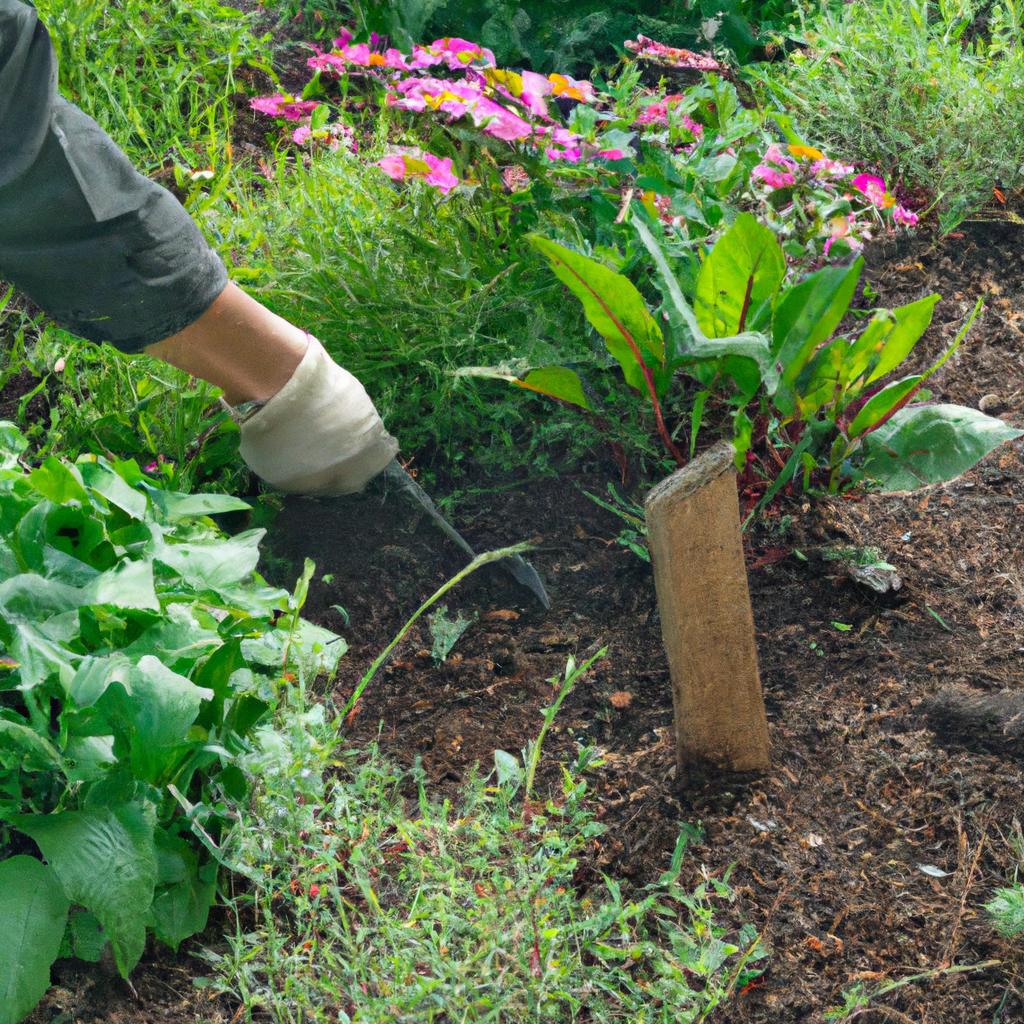
Plant selection and maintenance play crucial roles in sustainable gardening practices. Choosing native plants is essential for creating a sustainable garden. These plants are well-suited to the local climate, requiring less water, fertilizer, and pest control. They also provide habitats for local wildlife and contribute to biodiversity.
Maintaining healthy plants is equally important. Regular pruning, fertilizing, and watering ensure that your plants stay healthy and productive. Instead of using synthetic fertilizers or pesticides, opt for organic methods such as composting, natural pest control, and crop rotation.
Pest management is another critical aspect of sustainable gardening. Rather than resorting to chemical pesticides, consider using natural pest control methods like companion planting, beneficial insects, and physical barriers. Companion planting involves planting certain crops together that naturally repel pests or attract beneficial insects. Beneficial insects like ladybugs, lacewings, and praying mantises can help control pests naturally. Physical barriers such as row covers or netting can also prevent pests from damaging your plants.
In conclusion, adopting sustainable gardening practices is essential for creating a green garden that benefits both you and the environment. By implementing soil management, water management, plant selection, and energy efficiency techniques, you can reduce your carbon footprint while creating a thriving garden. At TooLacks, we are dedicated to promoting sustainable practices and helping gardeners like you create environmentally-friendly gardens.
Energy Efficiency
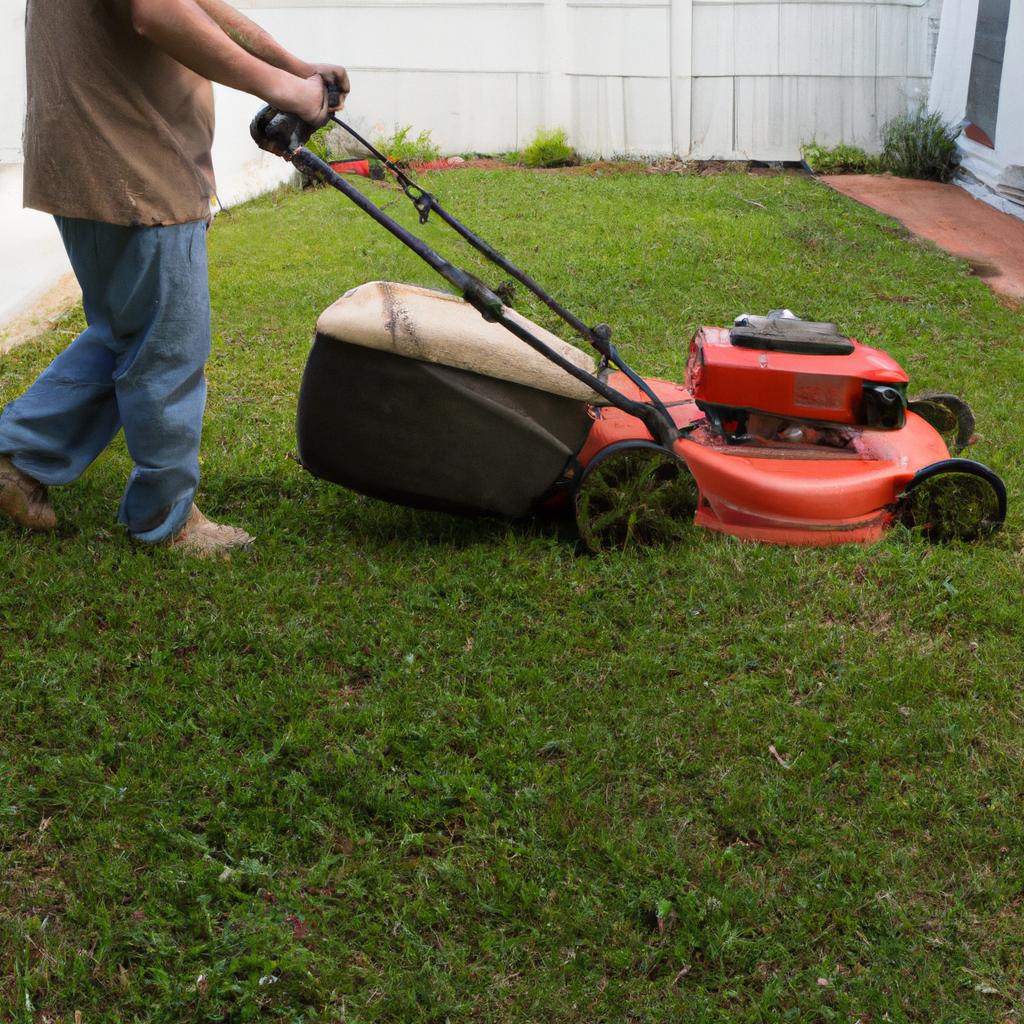
Reducing energy consumption is another crucial aspect of sustainable gardening practices. Traditional gardening methods often require a significant amount of energy, from powering equipment to heating greenhouses. By reducing energy consumption, you can shrink your carbon footprint and save money on utility bills.
One way to achieve this is by utilizing renewable energy sources like solar power. Solar panels can power your garden equipment, lighting, and even greenhouses. Solar power is clean and sustainable, making it a perfect choice for sustainable gardening.
Another energy-saving measure is designing an efficient garden. This involves choosing plants that are adapted to your local climate and soil, reducing the need for fertilizers, pesticides, and other chemicals. You can also design your garden to capture and retain rainwater, minimizing the need for irrigation.
Conclusion
In conclusion, sustainable gardening practices offer a way to create a beautiful and healthy garden while minimizing your impact on the environment. By implementing soil management, water management, plant selection, and energy efficiency techniques, you can create a garden that benefits both you and the planet.
Implementing sustainable gardening practices may seem daunting at first, but with a little effort and planning, you can create a garden that is both beautiful and eco-friendly. By reducing your carbon footprint and conserving resources, you are playing your part in creating a more sustainable future for all. Let’s work together to create a greener world, one garden at a time.
